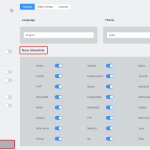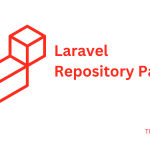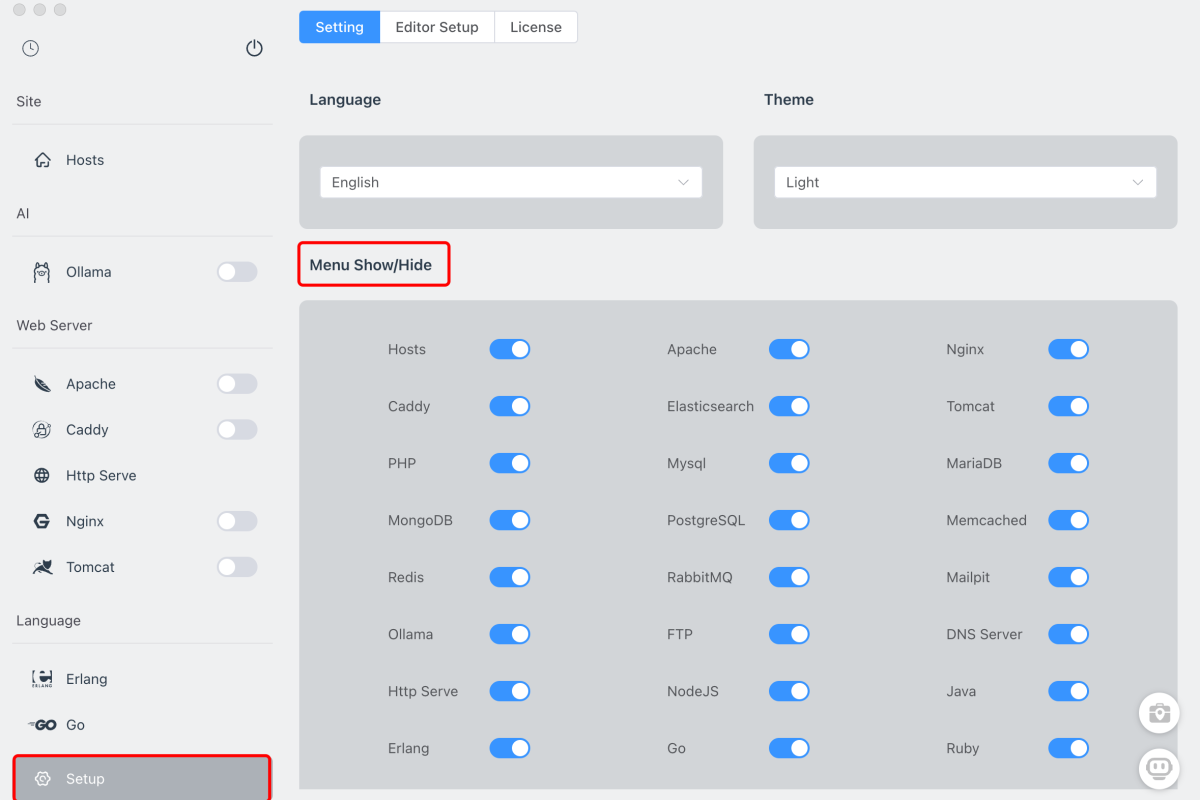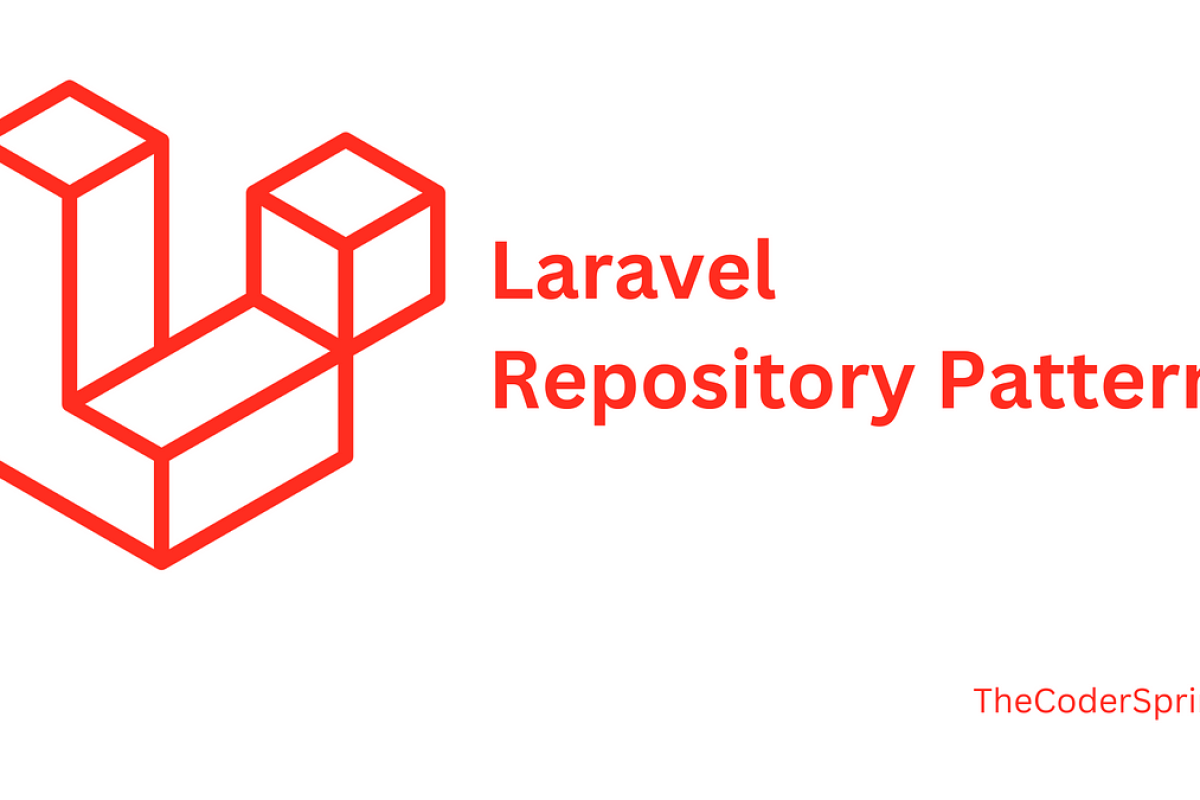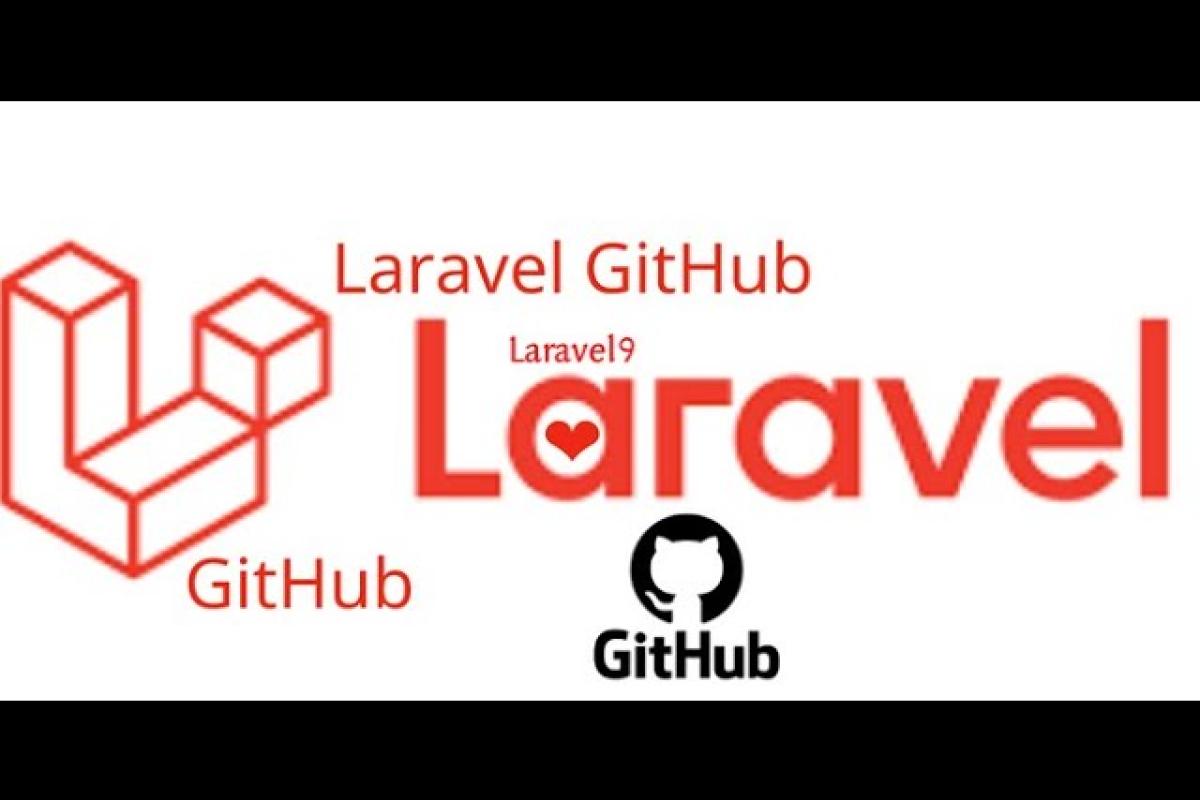A deep dive into Flutter's cross-platform development capabilities and why it's revolutionizing mobile app development in 2025.

Flutter in 2025: The Ultimate Cross-Platform Development Framework
In the rapidly evolving landscape of mobile app development, Flutter has established itself as a game-changing framework that allows developers to create beautiful, natively compiled applications for mobile, web, and desktop from a single codebase. Let's explore why Flutter has become the go-to choice for developers worldwide.
Table of contents [Show]
Why Flutter Stands Out
Flutter's unique architecture sets it apart from other cross-platform frameworks. Unlike traditional approaches that rely on platform-specific widgets, Flutter provides its own rendering engine and widget library, ensuring consistent behavior and appearance across all platforms.
Key Features That Make Flutter Special
1. Hot Reload
One of Flutter's most beloved features is Hot Reload, which allows developers to see changes instantly without losing the application state:
class MyWidget extends StatelessWidget {
@override
Widget build(BuildContext context) {
return Container(
child: Text(
'Hello Flutter!',
style: TextStyle(
fontSize: 24,
fontWeight: FontWeight.bold,
color: Colors.blue,
),
),
);
}
}
Everything in Flutter is a widget, making the code more predictable and easier to test. Here's a simple example of creating a custom widget:
class CustomButton extends StatelessWidget {
final String text;
final VoidCallback onPressed;
CustomButton({
required this.text,
required this.onPressed,
});
@override
Widget build(BuildContext context) {
return ElevatedButton(
onPressed: onPressed,
child: Text(text),
style: ElevatedButton.styleFrom(
primary: Colors.deepPurple,
padding: EdgeInsets.symmetric(horizontal: 20, vertical: 12),
),
);
}
}
3. Platform-Specific Behavior
Flutter makes it easy to implement platform-specific behaviors while maintaining a single codebase:
if (Platform.isIOS) {
return CupertinoButton(
child: Text('iOS Style Button'),
onPressed: () => print('Pressed'),
);
} else {
return MaterialButton(
child: Text('Android Style Button'),
onPressed: () => print('Pressed'),
);
}
Getting Started with Flutter
Setting up a Flutter development environment is straightforward. After installing the Flutter SDK, you can create a new project with:
flutter create my_awesome_app
cd my_awesome_app
flutter run
The Future of Flutter
As we move forward in 2025, Flutter continues to evolve with enhanced web support, better desktop integration, and improved performance optimizations. The framework's commitment to providing a unified development experience while maintaining native-like performance makes it an excellent choice for both startups and enterprise applications.
Conclusion
Flutter represents more than just another cross-platform framework; it's a complete ecosystem that's reshaping how we think about app development. Whether you're building a simple prototype or a complex enterprise application, Flutter provides the tools and flexibility needed to bring your vision to life efficiently and effectively.
